How The Flex Automated 70% of their Guest Support


Two years ago, Flex Living was like many fast-growing operators, juggling a stack of tools, rising support volume, and increasingly fragmented data. Today, they’re building toward a future with just two systems: one for operations, one for AI.
Here’s how a modern rental platform became a full-stack AI company, and why Conduit is one of only two platforms they still need.
The Challenge
When Flex Living launched, it was lean, fast, and human-powered. But as the company scaled across cities like London, San Francisco, and Dubai, that model broke down.
“We were using 17 different SaaS platforms at one point,” said Michael Buggy, CEO. “The cost adds up, and it makes everything really inefficient because the platforms don’t speak to each other.”
Fragmentation is both costly and limiting. Different tools created data silos. Tasks couldn’t be automated. Support agents had to bounce between inboxes, project management tools, and CRMs just to resolve basic issues. Scaling the business meant scaling headcount.
And none of it felt sustainable.
The tipping point came when Flex Living decided to build its own property management system from scratch. They were replacing 17 disconnected SaaS tools with a unified platform tailored to their workflow. But there was one category they deliberately left out: communication.
“Within our niche of property management, we wanted to tackle as many goals as possible,” Michael explained. “The only thing we wouldn’t bother to do is what you guys do conversational AI.”
Building high-quality AI communication, from inbox to escalation logic, requires a different kind of infrastructure and a level of precision they knew would be hard to replicate in-house. Rather than dilute their focus, they chose to partner with a team already years ahead in that domain. That’s when they turned to Conduit.
The Solution
Flex Living partnered with Conduit to overhaul how they handled guest communication. This meant everything from automating frontline messaging to improving visibility across conversations. Conduit’s AI agents connected directly to their property data, resolving common issues autonomously and escalating when needed.
“70% automation of customer service is very realistic,” Michael said. “It’s achievable based on where we’re at today, not even based on where we’re going to be in a year’s time.”
At first, Michael hesitated to switch on the AI. He was worried it would get things wrong or confuse guests. But the turning point came when he understood how Conduit was designed.
If the information wasn’t there, the AI wouldn’t reply. If it was there, it would. That failure of understanding created a sense of fear to switch the AI on. Had I known that it wasn't going to do things that I had not told it to do, I would have felt much more comfortable switching it on sooner.
Flex Living’s rollout wasn’t frictionless. One early mistake was assigning the onboarding to someone without the technical context needed to structure the knowledge base. In retrospect, Michael said it should’ve been founder-led, or supported by a tool that made setup simple.
Despite the initial bumps, the team quickly aligned. Agents weren’t being replaced. They were being refocused.
“I think that hesitation sort of disappeared when they realized that what Conduit was doing was serving the customers and then enabling them to follow up where the real problems were. So it was giving them more time to solve real problems and less time spent on doing stuff that didn't need to be solved because the AI could easily do it.”
The Impact
Flex Living moved from reactive support to proactive operations. Instead of dealing with fragmented messages and manual escalation, the team gained real-time visibility into what guests needed and how the business was performing.
Favorite features include:
- Call summaries that condense 30-minute conversations into 10 bullet points
- Conversation tagging to quickly identify issues like cleaning or maintenance
- A unified inbox with both phone and messaging support
Key Results:
- 70%+ automation of customer support volume
- Significant reduction in manual triage and agent overhead
- Streamlined escalation and task management for ops teams
And unlike legacy tools, Conduit was evolving rapidly.
“On day one, Conduit was a Lamborghini,” Michael said. “Comparing for example Front to Zendesk to Trengo and so on, it was already clear on day one that you guys were light years ahead of them Trengo and Front. And I remember the first time we spoke to you guys, we instantly understood that you had the culture of a company that was going to succeed.” That speed and clarity of vision sealed the deal.
“And when it comes to AI, I don't think any of them have even come close to building something that works well. I mean, I mean they're still basically like flow bots.”
Looking Ahead
The next chapter is even more ambitious. Flex Living is nearly done building its own PMS platform to replace tools like Hostaway and Monday.com. In four months, they expect to run on just two systems: their internal ops hub and Conduit.
The goal? A world with zero system fragmentation, where 90% of tasks are automated and AI agents orchestrate the flow of work.
We’re building the ultimate product. Something that handles 80–90% of customer communication, ties into tasks, and makes it easy to know which customers need attention.
With the communication layer solved, the team can now focus on what comes next: scaling globally, shipping faster, and pushing the limits of AI-native operations.
As Michael put it: “We’re just getting started.”
Within our niche of property management, we wanted to tackle as many goals as possible...the only thing we wouldn’t bother to do is what you guys do.
We are reimagining the idea of 'home' from something fixed to something flexible and simplifying the rental process for both landlords and tenants as we go.
2019
January 2024
More  companies who rely on Conduit
companies who rely on Conduit









.svg)
